The team explored how London’s built environment could better integrate nature and sustainability, with participants’ responses showcased through a video installation
John Robertson Architects (JRA) collaborated with Hoare Lea for London Festival of Architecture 2024’s Studio Lates to highlight how London can be reimagined, designed, and constructed to better include nature and biodiversity within its built environment.
Through a series of questions, the team invited designers, clients, and the local community to reimagine the city as they know it and think big regarding sustainability, materiality and innovation. The prompts included: “reimagine a world without plastic”, “reimagine a world where nature takes precedence”, and “reimagine a London that harvests energy”.
Participants’ responses, drawings and designs formed the basis of a video installation.
The goal was to bring together viewpoints on the built environment, broaden connections and create conversations with designers and their communities on the symbiosis between urbanity and nature.
Discussing ideas on London’s biophilia, transport, wildlife corridors, sky, waste, and energy, JRA has produced an archive of designs and potential solutions. According to the team, briefs, budgets, and current reality were removed from the equation; the only limit was imagination.
JRA’s Material Research Group curated a biogenic material exhibition to accompany the video installation. Collaborating with various designers, technologists, researchers and manufacturers, the team showcased products currently available on the market, allowing visitors to reimagine construction’s composition and environmental impact.
“Natural materials and fibres were centre stage in the display, like the Hampshire grown hemp-based materials by Erthly and the iconic Arper PaperShell Catifa Carta. Some of the most innovative and inspirational materials came from Dzek, a London based company focusing on slow architectural products,” explained Rossella Faraci, project director at JRA’s Material Research Lab.
Faraci added: ”We selected the research product Flaxwood by Dutch Christien Meindertsma, a natural interior finish derived from linseed oil, which, once finalised, could potentially revolutionise interiors and furniture finishes. Another Dzek product on display was Totomoxtle, a veneer produced with corn fibres, designed by Mexican designer Fernando Laposse. The beauty of Totomoxtle is that it goes far beyond aesthetics and environmental sustainability, it focuses on regenerating traditional agricultural practices in Mexico, providing income for impoverished farmers and conserving biodiversity for future food security, pairing environmental and social sustainability in a compelling strategy.”
Hoare Lea’s teams responded with ideas ranging from biomimicry for wellbeing, to lidos in the Thames, an end to junk, and tax returns for carbon.
They hope to be granted permission to project their video in Granary Square and outside JRA’s Southwark studio, bringing the piece into the public realm.
The proposal aims to give local communities a voice inside and outside the studio. By working with a wide demographic and offering free reign for individuals to express themselves, the approach aimed to be as inclusive as possible.
JRA’s Material Research Group will enhance the events by providing an interactive workshop on sustainable materials. The video installation will continue to be available and will encourage participants to develop real world solutions off the back of their initial imaginative responses.
Project details
Video installation contributors Hoare Lea, JRA, Star Primary School, Mammal Design, Artiq, Eckersley O’Callaghan
Material collaborators Totomoxtle by Fernando Laposse, Grown Bio and Hampshire Stock Bricks, Flaxwood by Dzek and Christien Meindertsma, Organoid by Material Research Group and JRA, PaperShell by Arper, hemp by Erthly, mass timber by Stora Enso, KAVA by Tomas & Jani,
Additional materials on display Primecork by Muratto, acoustic mat by Sould, Zella Multipor mineral insulation board by Back to Earth, low carbon wood fibre insulation by Steico Flex, UdiTHERM NF by Back to Earth, EBB clay board by Back to Earth, Richlite, Acospray green line by Acosorb, CornWall and waste based slips by Stone Cycling, Accoya wood by Accsys, Viroc board, Mogu, Baux, Sugarcrete, Foamglas and hemp block hempcrete


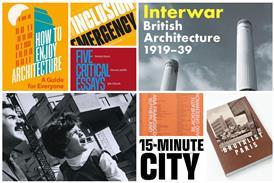
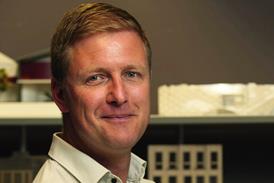

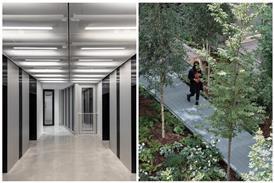



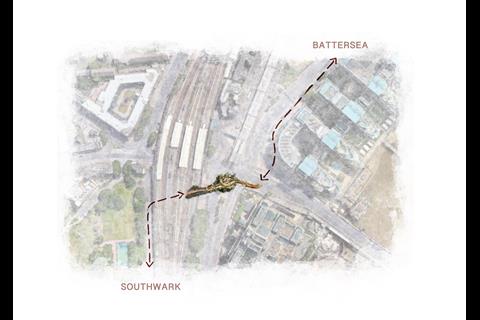
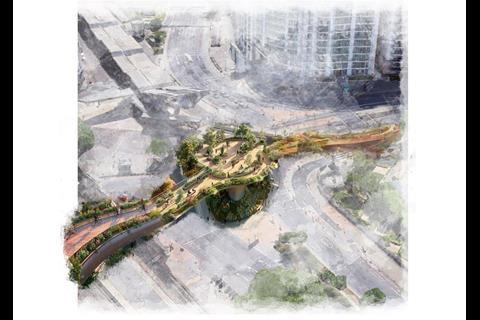

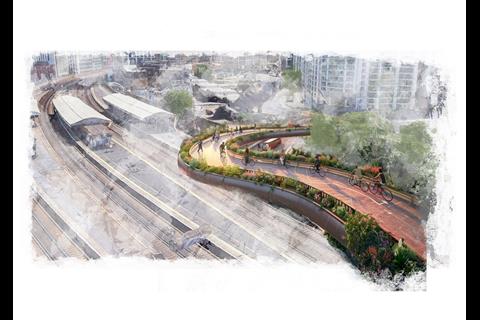







No comments yet